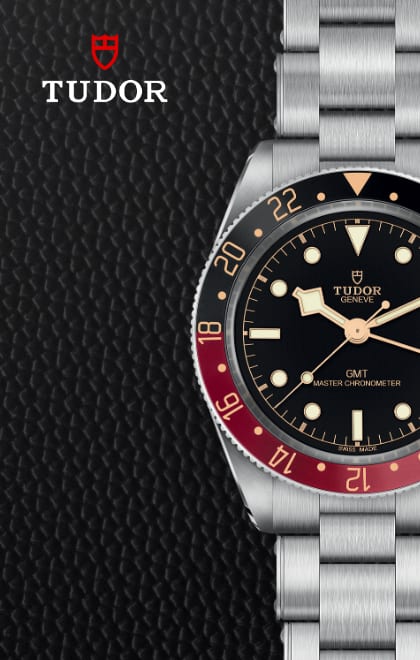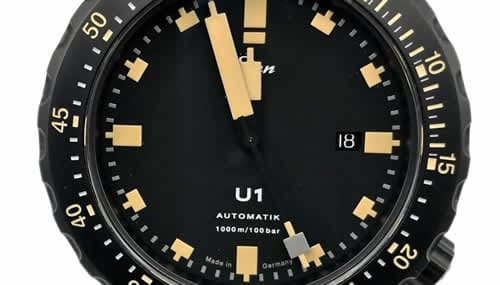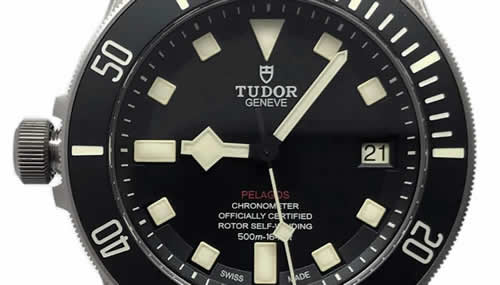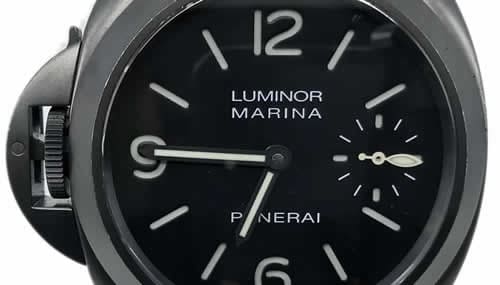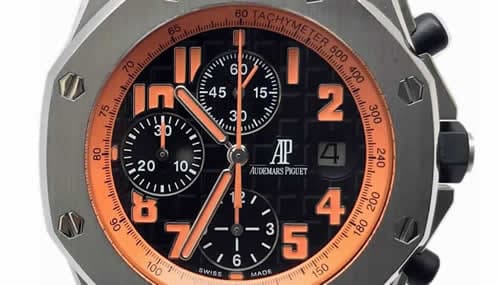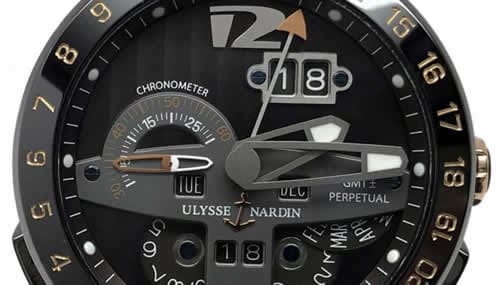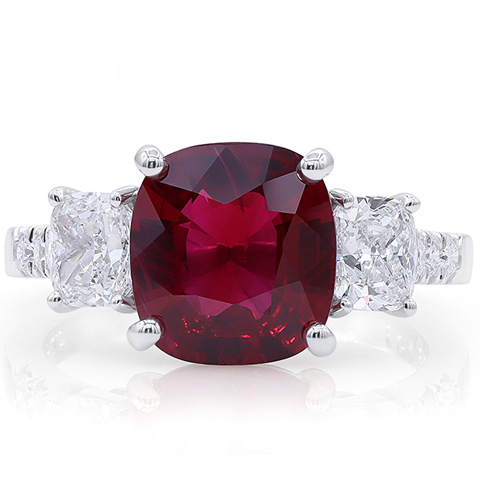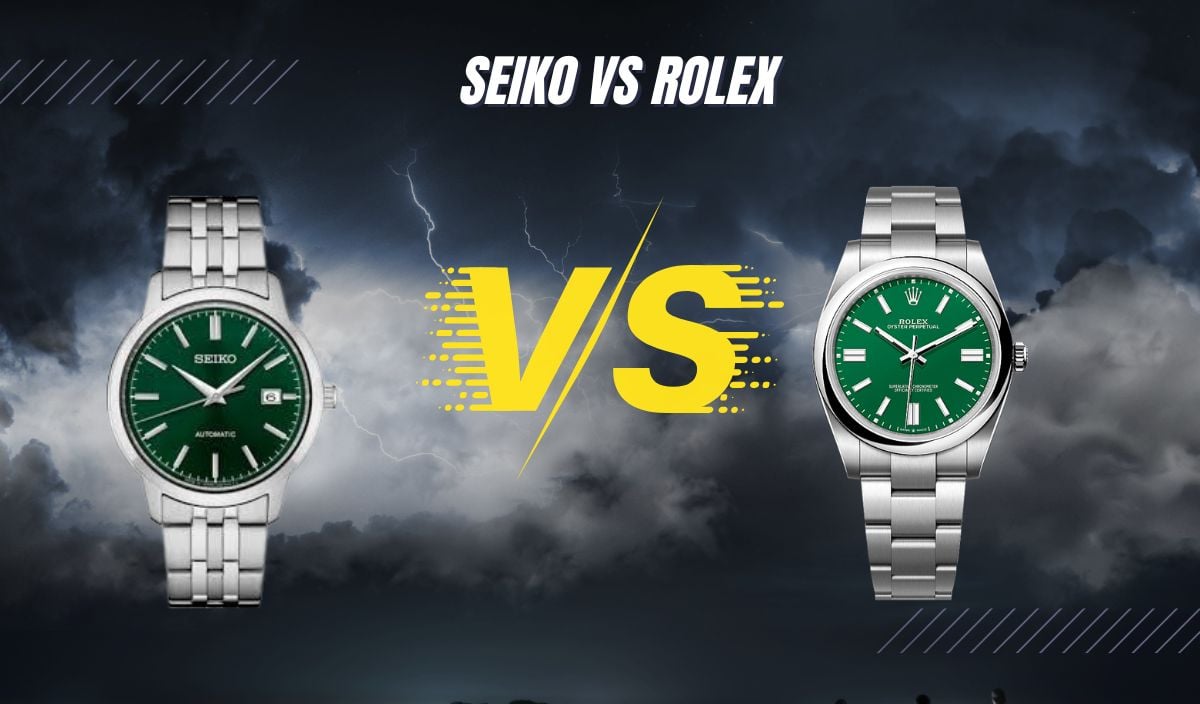
Grand Seiko vs Rolex: Battle Between Two Luxury Watch Giants
Comparisons are inevitable, especially when it comes to consumer goods. Ford vs. Chevy, Coke vs. Pepsi, Android vs. iPhone. These comparisons are often polarizing, with fanboys and fangirls landing solidly on one side or the other. The world of horology is no different.
Two of the finest watchmakers on the planet are Rolex, the world’s most famous brand, and Grand Seiko, Japan’s luxury brand. Each has a long history, and you can’t go wrong with either if you are seeking a high-quality, reliable, and aesthetically pleasing timepiece.
Rolex and Grand Seiko can both fit the bill quite nicely. However, there are significant differences between the two brands in design philosophy, technical innovations, and other aspects of watchmaking. Let’s explore them.
Brand Heritage
Rolex
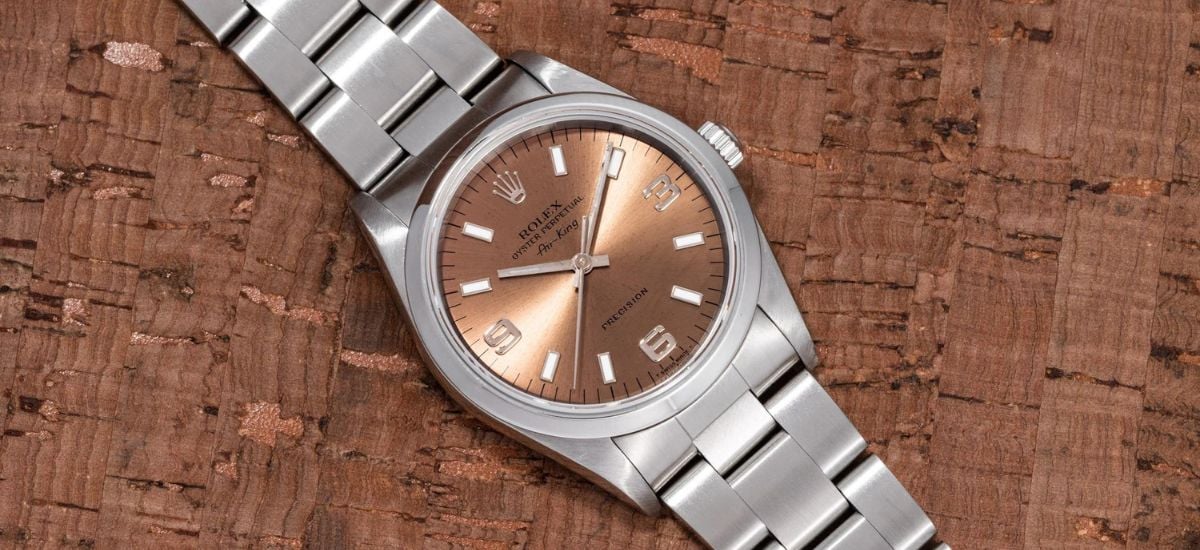
Rolex has a distinguished history that dates back to 1905 when Hans Wilsdorf started the company in London. Later, Wilsdorf moved his company to Switzerland and quickly established Rolex as one of the best watches, Swiss or otherwise, on the market.
Wilsdorf’s true genius came in marketing. In 1926, Rolex purchased the patent for a water and dust-resistant case that it called the Oyster. The following year, Mercedes Gleitze swam across the English Channel with a Rolex Oyster hung around her neck. The publicity boosted the popularity of the brand and the model to great heights.
In 1931, Rolex developed an automatic movement when it invented the perpetual rotor, which wound the watch as the wearer moved their arms. This is the same basic mechanism used today by all automatic watches.
Over the years, the brand created tool watches such as divers, chronographs, and GMTs. Long before it became a symbol of luxury and status, Rolex was known for quality timepieces that performed useful tasks.
Today, Rolex has firmly cemented its place as the best-known watch brand worldwide. It is known even by the horologically ignorant.
Their reputation is so strong that despite making a million watches a year, Rolex cannot meet the demand. This leads to long wait times on lists of interest and the necessity of developing lasting relationships with Rolex ADs.
Counterfeiting and flipping are two phenomena that Rolex has had to take steps to guard against, and each has influenced its design and marketing strategies.
Grand Seiko
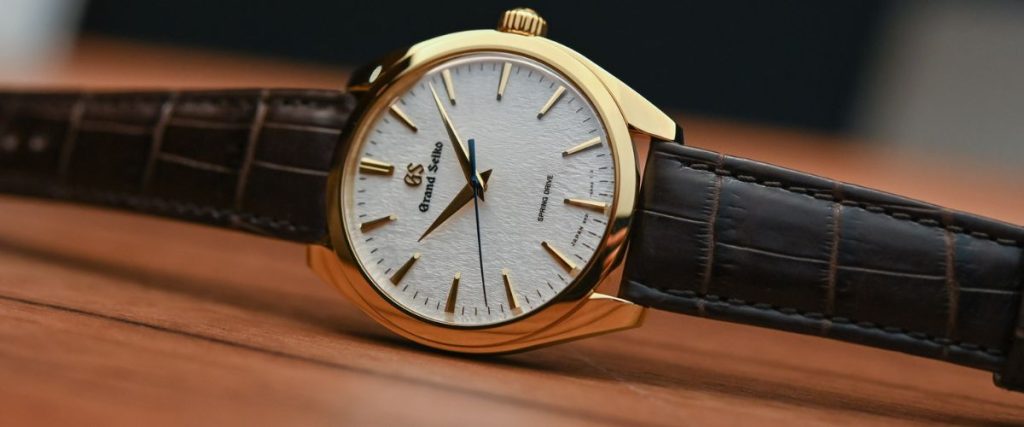
Grand Seiko also has a long history that has humble beginnings. In 1881, Kintaro Hattori founded a company that initially bore his name. Hattori was a staunch admirer of Swiss watchmakers and strove to match the level of craftsmanship and quality in watches of his own making.
In 1892, Hattori renamed his company Seikosha and, in 1913, produced the Laurel, the first Japanese wristwatch. In 1924, the brand’s name was changed to Seiko, and the first Seiko watches hit the market.
During the Second World War, Seiko supplied watches to the Japanese military. The post-war period saw advancements such as the 1956 launch of Japan’s first automatic watch. In 1959, Seiko patented the Magic Lever, a self-winding mechanism that was simple and reliable and it helped popularize automatic watches.
In 1960, Seiko created the first Grand Seiko watch, designed to be the most accurate wristwatch in the world and place the company on par with the Swiss luxury brands.
By 1963, Seiko was developing the first quartz timepieces to be used at the 1964 Tokyo Olympics. This technology had a tremendous impact on the world of horology and eventually created the Quartz Crisis, which changed the industry dramatically.
The 60s were a decade of great progress for Seiko and saw the release of Japan’s first chronograph and dive watch. In 1967, the final year of the Neuchatel Observatory competition. Seiko took second and third place to make a huge statement to the watchmaking industry.
In 2017, Grand Seiko became its own brand, separate from Seiko, and began selling watches in the U.S. and throughout the world. Since then, with continued innovation and stunning designs, the brand has rapidly climbed the ladder as one of the most popular watches amongst horology connoisseurs.
Model Variety
Both Rolex and Grand Seiko offer a number of models covering the main categories of watches: dress, diver, chronograph, and GMT. Within each category, both brands have a variety of selections in terms of materials, case sizes, strap options, dial color and texture, and complications. Ladies’ and men’s models are also offered by each. Let’s take a closer look.
Rolex
At the top of the Rolex catalog are its two elegant and popular dress watches, the datejust and the day-date. Both models feature a date complication at three o’clock under Rolex’s Cyclops magnifying lens.
The day-date has the day of the week spelled out above the logo at 12 o’clock. It acquired the classy nickname “The President” in the 1960s when it was Lyndon Johnson’s timepiece of choice. With a variety of dial colors, case sizes, and both men’s and women’s models, these watches are a staple of the Rolex brand.
There is also the legendary Oyster Perpetual, Rolex’s first automatic water-resistant watch. With 100 meters of water resistance and a wide variety of dial colors and patterns, it is as popular today as ever.
With its early development of a water-resistant case, it should be no surprise that Rolex offers one of the industry’s best dive watches, the Submariner. First released in 1953, the Submariner has maintained its classic design and is available in a variety of dial colors with complementary or contrasting bezels.
The basic Submariner has a water resistance of 300 meters. Other dive watches include the Sea-Dweller, with a 1220-meter water resistance, and the Deepsea, which is water resistant to an incredible 3900 meters. Divers today use dive computers, and no human could survive at these depths. Rolex’s ultra-dive watches were developed as a result of its competition with Omega.
Rolex has a historical connection to auto racing, and British driver Sir Malcolm Campbell had one on his wrist in 1935 when he set a world land speed record in Daytona, Florida. Naturally, the brand offers the Cosmograph Daytona, one of the most sought-after chronographs on the market. Current models come in a variety of dial colors, case materials, and other options.
For a frequent traveler, a GMT watch is desirable, and Rolex has some great ones. Released in 1954, the GMT-Master remains perhaps the most popular watch of its kind. These timepieces feature an extra GMT hour hand and a bidirectional rotating bezel. The dials come in a variety of colors coordinated with two-color bezels that led to nicknames such as “Pepsi”, “Coke”, “Root Beer”, and “Batman”.
Rolex’s models have changed very little in design over the years. This makes sense when you consider its impressive sales record. Why mess with a winning formula?
Grand Seiko
Grand Seiko offers outstanding watches in all of these categories as well. A gorgeous variety of dial colors and textures, as well as case materials and straps make the Grand Seiko catalog a playground for watch lovers.
When it comes to dress watches, it’s hard to top Grand Seiko’s Heritage and Elegance collections. With a variety of case sizes, men’s and ladies’ models, case materials, and incredible dial colors and textures, a true watch aficionado has a huge variety of options.
Originally dedicated to mostly elegant dress watches, when Grand Seiko became a separate brand in 2017, it began offering tool watches, including some impressive divers. The Sport and Evolution 9 collections include dive watches with water resistance of 200 and 600 meters.
Titanium cases and dial options in blue with textures that evoke the feel of the waves of the sea make Grand Seiko an excellent choice for dive watch fans. They rank among my favorites in the dive category, which is my preferred type.
Looking for a chronograph? Grand Seiko has you covered. The Tentagraph, so named because of its 10 beats per second Caliber 9R96 Spring Drive movement, is among the most accurate chronographs out there. With a variety of dial colors, textures, and subdial alignments, Grand Seiko can please a wide variety of chronograph fans.
When it comes to GMTs, Grand Seiko takes a backseat to no one. The Sport Collection has models with beautifully coordinated bezel and dial colors, and textures with the same Grand Seiko high quality, accuracy, and reliability.
Design
In regards to design ingenuity and philosophy, the two brands differ, yet each is dedicated to quality, consistency, and pleasing aesthetics.
Rolex
Rolex has built a reputation as THE watch to own. It’s the grail wrist candy for millions, the watch for a graduation or retirement gift, or to commemorate a special achievement. As such, the need for innovation and ingenuity is not that great.
Early on in its history, Rolex was involved in the development of water-resistant cases and automatic movements. It remains dedicated to timepieces that are accurate to COSC standards, made of the highest quality materials, and beautifully fit and finished.
In terms of design, Rolex watches have not changed much over the decades. For example, a modern Submariner shows very little difference to one from the 50s or 60s. Rolex does come out with new bezel and dial color combinations and even a few gaudy dials, such as the Oyster Perpetual Gumball or the Daytona Eye of the Tiger, but for the most part, the basic case, hands, and bracelets remain the same.
The huge amount of counterfeits out there has caused Rolex to add features such as the crown logo engraved on the crystal to help authenticate the real deal.
Rolex generally sticks to automatics and solid, unengraved casebacks. These are standard features that many watch collectors desire. Rolex markets heavily to watch snobs. This is not a criticism. It’s a smart marketing strategy. These are the people who absolutely love the brand, and their loyalty keeps Rolex near the top of the heap.
Grand Seiko
When it comes to innovations in technical and design aspects of watchmaking, Grand Seiko is not one to rest on its laurels. The brand follows its founder’s desire to compete with and surpass the best Swiss brands. Japanese manufacturers, in general, follow a “there’s always room for improvement” philosophy, and Grand Seiko is no exception.
In terms of design, Grand Seiko continually uses new materials and adds new dial colors and textures. Innovative technology combined with aesthetic beauty keeps the brand moving forward.
Build Quality & Materials
Both Rolex and Grand Seiko feature high levels of build quality and the best materials. Fit and finish are paramount to both brands.
Rolex
Rolex uses its own blend of 904L stainless steel, crafted at its own factory. Named “Oystersteel”, it’s robust and aesthetically pleasing. As with other luxury brands, Rolex also uses 18K yellow, gold, and everose gold in its precious metal models.
Sapphire crystals and ceramic bezels are other Rolex hallmarks, as are high-quality leather straps and metal bracelets. The brand also uses a combination of brushed and polished surfaces to make cases, indices, and hands pop.
Rolex dials are designed to be easy to read and to add color and contrast to the bezels. They are beautiful without being particularly spectacular.
For decades, Rolex watches have had a well-earned reputation as hardy tool watches. That aspect is still there but elevated to a higher level of luxury. No watch leaves the Rolex factory with even the slightest of flaws.
Grand Seiko
Grand Seiko uses 316L stainless steel, an industry-standard in its watches, as well as lightweight, durable titanium. Precious metal watches are made with 18K yellow, white, and rose gold in the cases, bezels, and bracelets.
Grand Seiko’s straps are high-quality leather and crocodile. Sapphire crystals sit above the dial and exhibition casebacks.
As for the finish, Grand Seiko also uses brushed and polished surfaces but takes it to another level with their own Zaratsu polishing. This method gives cases, bracelets, bezels, indices, and hands a gorgeous mirror finish, unlike anything you will see on a competing brand. Every part is precision cut by experts in their field, and the fit is flawless.
Grand Seiko does everything well, but when it comes to dials, their craftsmanship and designs are out of this world. The Japanese revere nature, and this is reflected in the brand’s dials.
Whereas Rolex would give you an on-the-nose design with a green dial, perhaps with an image of a tree to simulate nature, Grand Seiko does it in an abstract fashion that will affect you in a visceral way.
The dial would be an evergreen color with a texture that matched the actual needles. You can almost smell the pine looking at a dial like this. There are dials that evoke lakes at different times of day, snow, ice, and sakura leaves in various seasons.
Nobody does dials like Grand Seiko, and this alone establishes the brand as one of the best in the watchmaking world.
Movements
As nice as a watch may look, it’s useless without a quality movement. Both brands create their movements in-house and are known for quality and accuracy.
Rolex
In their early days, Rolex was an innovator, with their perpetual models that advanced automatic movements. The first Daytonas used modified Zenith chronograph movements that were advanced for their time.
These days, Rolex is not so innovative, but their movements are among the most accurate in the business, COSC certified, reliable, and durable, and with generous power reserves. The movements are made with top-quality materials and finished beautifully. Unfortunately, only your local watchmaker gets to see the movement, as Rolex doesn’t do exhibition casebacks.
Grand Seiko
Grand Seiko has continually been an innovator with regard to movements, utilizing the Japanese passion for technology. The brand offers several types of movements, including the Hi Beat which operates at 36000 bph, yet still has an impressive power reserve of 70 hours.
The patented Spring Drive movement is an amazing innovation that combines the prestige of an automatic movement with the accuracy of quartz. In addition to ratings higher than that of COSC, these watches have the smooth second hand sweep of an automatic.
Grand Seiko uses the best quality materials in their movements and finishes them beautifully. Stripe patterns made from polished and brushed surfaces, logo and movement specs inlaid in gold make the movements works of art in their own right. Thanks to the proliferation of exhibition case backs, you can enjoy the look of the movement and share it with your watch-loving friends anytime you like.
Price Point
Whether any watch is considered expensive is relative to a buyer’s income and budget. That said, both Rolex and Grand Seiko are expensive watches. Given their high quality, that should be expected. Both brands have models that have a very hefty price tag, but in general, Rolexes cost significantly more.
Rolex
With its incredible reputation and general public perception of being THE watch to own, Rolex’s price points are high. Brand new, the lowest priced models go for $9200, and the prices go way beyond $10,000 and even $20,000. That’s if you can get one.
Rolex is unable to meet the yearly demand for its timepieces, and getting one from an AD can involve a song and a dance you may not be willing to go through, especially if you have never purchased one from the store in question.
You could go the grey market route, but prices will be higher, often significantly so. As for value for the money, sure some Rolexes appreciate, but watches, in general, are not considered good bets for investment, and the market is currently in a down cycle.
Rolex is a high-quality brand that will last long enough to pass down to your grandchildren, and they certainly carry a ton of prestige but the prestige is what you are paying for.
Other brands, such as Grand Seiko, offer watches that are every bit as good and sometimes better for a much lower price. Many people also find them much more aesthetically pleasing.
Grand Seiko
Although Grand Seiko does have its share of super high-priced watches, many of their finest models sell for less than $10,000 and some for less than $8,000.
These timepieces are beautifully designed and finished horological masterpieces. They will last, keep incredibly accurate time, and look great on your wrist.
Conclusion
Rolex occupies a lofty position in the world of horology. Grand Seiko is rapidly climbing the ladder, and most watch lovers recognize it as one of the best. Which is better? That largely comes down to personal preference.
For me, there’s no contest. Value for the money, design philosophy, and those incredible dials put me solidly on Team Grand Seiko. Not that Rolexes aren’t outstanding watches. But I feel that the difficulty of obtaining one and the much higher cost aren’t worth the perceived prestige.
Your choice depends upon your preferences and whichever way you go, you’re going to get one hell of a timepiece.
About Exquisite Timepieces
Established in 1998, Exquisite Timepieces is your one-stop shop for all things luxury watches! We are an authorized dealer for 60+ luxury watch brands including Omega, Hublot, Seiko, & Longines! We are proud to showcase one of the world’s largest pre-owned watch collections, including renowned brands like Rolex and Patek Philippe. Check out our brand new watch arrivals here and popular pre-owned listings here.


